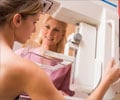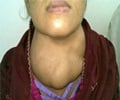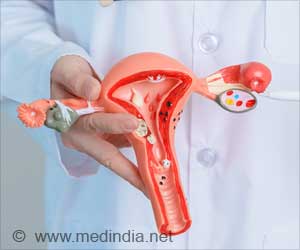Radiologists' interpretation of diagnostic mammograms varies widely and could not be explained by differences in patient populations, according to a study published online Dec. 11 in the Journal of the National Cancer Institute. This variation could affect clinical decisions in large numbers of women.
Several studies have demonstrated extensive variability in radiologists’ interpretation of screening mammograms, but less is known about their performance with diagnostic mammograms. Diagnostic mammograms are used to explore suspicious findings from either physical exams or screening mammograms.Diana Miglioretti, Ph.D., of the Group Health Center for Health Studies in Seattle and colleagues evaluated whether radiologists’ experience or other characteristics influenced their interpretation of diagnostic mammograms. The researchers examined the performance of 123 radiologists who interpreted nearly 36,000 diagnostic mammograms at 72 facilities that contribute data to the Breast Cancer Surveillance Consortium. They evaluated the extent to which radiologists’ characteristics, such as experience and affiliation, influenced the accuracy of their mammography reading.
About three quarters of the radiologists had been interpreting mammograms for at least 10 years. Most radiologists (87 percent) spent less than 40 percent of their time interpreting mammograms, and about a quarter of them interpreted 100 mammograms or less in a year. The median age of the radiologists was 49 years and three quarters of them were male.
The researchers found considerable variation in the radiologists’ performance, and it was not explained by patient characteristics. About 80 percent of breast cancers were correctly diagnosed, but more than 4 percent of women without cancer were given a tentative cancer diagnosis based on their mammogram. Radiologists who were affiliated with an academic institution were more likely to correctly diagnose a cancer and were less likely to diagnose a cancer that didn’t exist. But only seven radiologists with an academic affiliation were included in the study, so that result must be interpreted with caution. Radiologists with more experience were likely to have a higher threshold for recommending a biopsy, while those who spent more time interpreting mammograms were more likely to have a lower threshold for biopsy recommendations.
“Because the rate of breast cancer is 10-fold higher among diagnostic mammograms than among screening mammograms and the majority of women with breast cancer have a physical sign or symptom at the time of diagnosis, this variability in interpretive performance is concerning and likely affects many women both with and without breast cancer,” the authors write. “To realistically improve mammography interpretation for women across the United States, we need to identify ways to improve accuracy and reduce variability among all radiologists who interpret mammography.”
Source-Eurekalert
KAR/P











